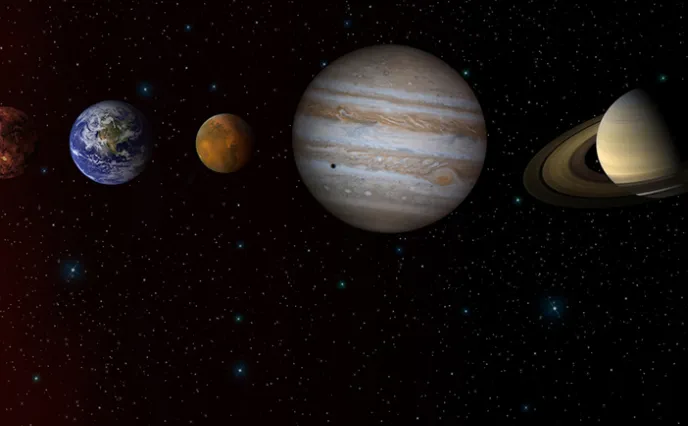Aiming for Mercury!
The BepiColombo mission to explore Mercury was launched by Arianespace this evening from the Guiana Space Center in Kourou, French Guiana (South America). But scientists will have to be patient to discover the mysteries of the closest planet to the Sun. As they say, “all good things come to those who wait...” This time it will take seven years, on an incredible journey through the Solar System, before Mercury is in our crosshairs. No point getting hot under the collar either, since Mercury, as you probably know, is very “hot stuff” indeed. You’ll just have to cool your heels until BepiColombo reaches what Jacques Brel called the “unreachable star” in his famous song, “The Impossible Dream” (La Quête/”The Quest” in the original French).
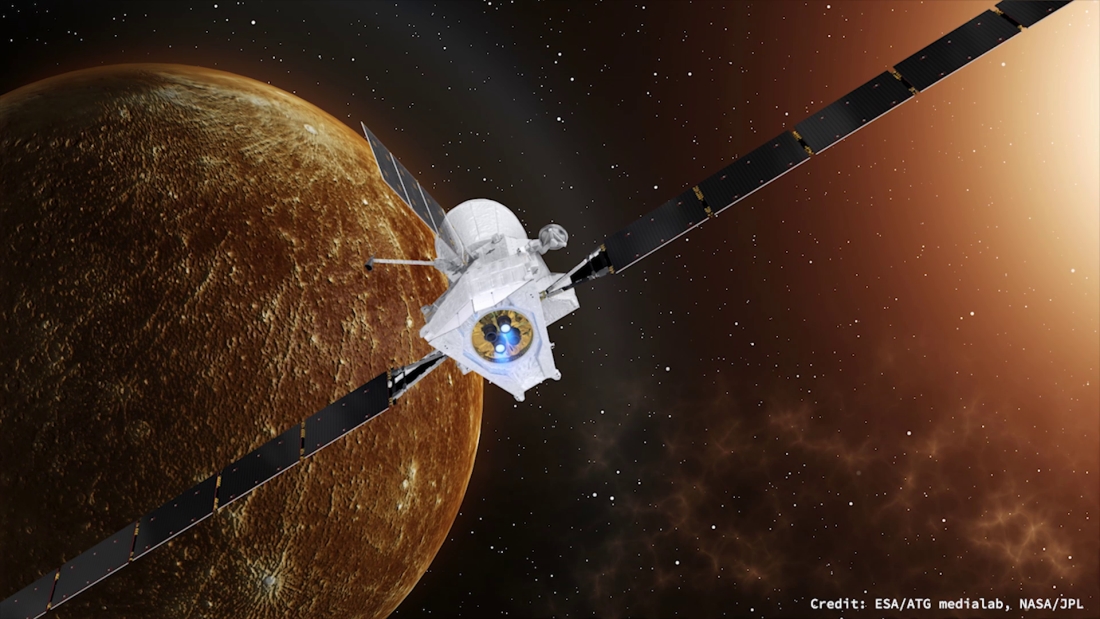
Yes, it’s hot on Mercury… a lot hotter than you ever imaged. Not to mention that the solar radiation around Mercury is ten times more intense than around the Earth. If Icarus lost his wings because he flew too close to the Sun on Earth, just imagine his fate on Mercury! Our latest planetary probe will have to stand up to extreme temperatures as it approaches Mercury, from 300 to 400°C, while its instruments are designed to operate at 0° to 40°C. This meant we had to develop special materials and devices for everything that would be exposed to these temperatures.
A major European first

BepiColombo is the first European mission to explore Mercury. It follows Mariner 10 in the 1970s and Messenger from 2010-2015, two missions that were able to gather information on this hidden and mysterious planet. But Mercury is still largely unknown, because it’s so hard to get a good look. Being so close to the Sun, it’s also a prime target for scientific study, to help us better understand the origins of the Solar System.
The BepiColombo mission
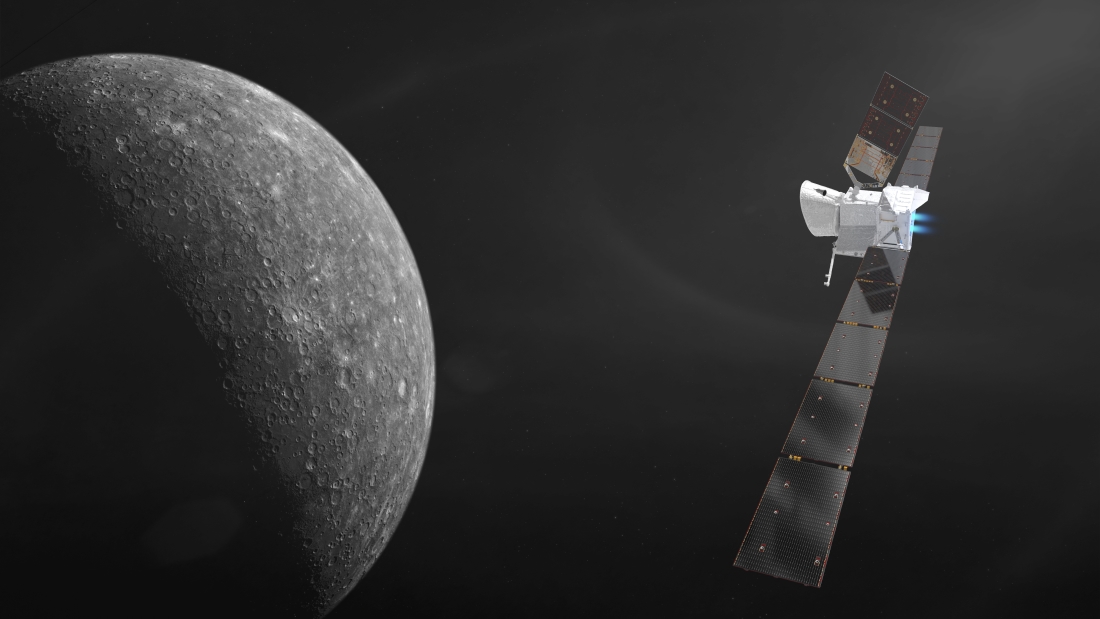
BepiColombo is a joint program by the European and Japanese space agencies, ESA and JAXA, respectively. It comprises four different modules, including three built in Europe:
• MPO (Mercury Planetary Orbiter), with 11 instruments to study and map the planet’s surface and atmosphere.
• A thermal shield, to protect the probe from extreme temperatures as it approaches Mercury.
• MTM (Mercury Transfer Module), which provides propulsion and electrical power for the trip from the Earth to Mercury.
• MMO (Mercury Magnetospheric Orbiter), supplied by Japan, is equipped with five instruments to study Mercury’s magnetic field.
Thales Alenia Space’s contribution to Bepi
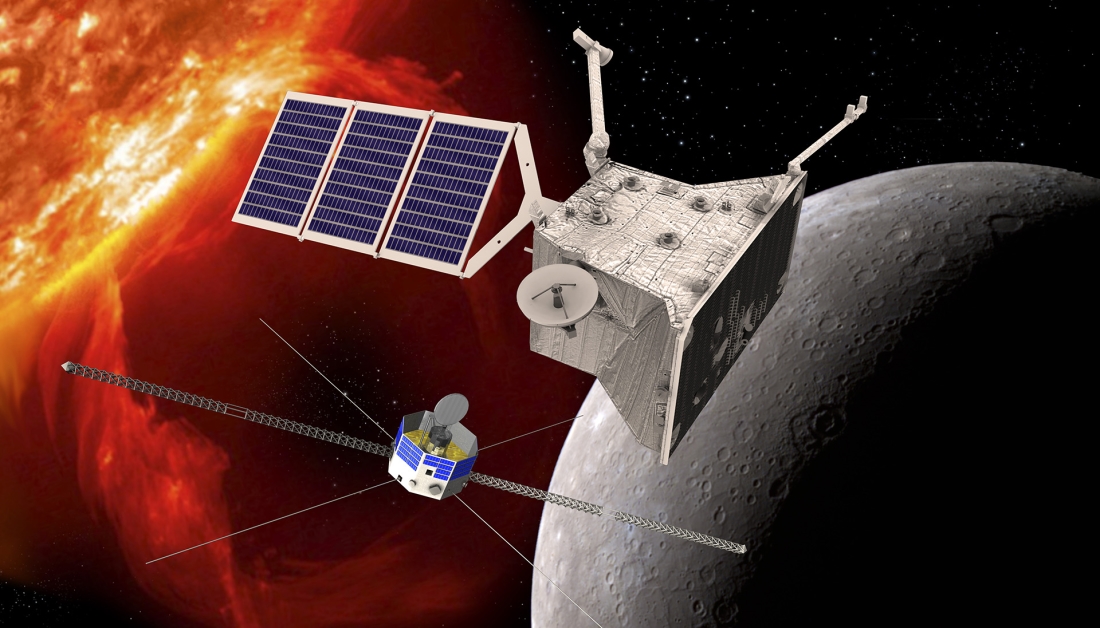
This European mission is led by Airbus Defence & Space as prime contractor, working on behalf of ESA. Thales Alenia Space is part of the industry core team, coordinating 35 different European companies. In particular, Thales Alenia Space is in charge of telecommunications, thermal control and the electrical distribution system, as well as integration and testing of the overall spacecraft, plus support services during the launch campaign. The company is also supplying X and Ka-band transponders, onboard computers, mass memory and the 1.1 meter high-gain antenna used for communications between spacecraft and ground, along with the scientific experiment for the radio mission. This antenna is derived from the model developed for the successful Cassini-Huygens mission. [Full Press Release here]
Venus, Mars, Mercury, Titan, the Moon, asteroids, comets, etc.
Thales Alenia Space is a pivotal partner in Europe’s fantastic missions across the Solar System.

Thales Alenia Space is prime contractor for the current ExoMars program, a role it played on Herschel and Planck, the largest space observatories ever developed in Europe. The company also developed and integrated Corot, France’s own low-orbit “exoplanet” hunter, and will be heavily involved in a new program called Plato, also tasked with tracking exoplanets (outside our Solar System), but from the Lagrange 2 point, thanks to advanced optics on the telescope built by Leonardo at its Campi Bisenzio facility, in conjunction with leading universities and research organizations.
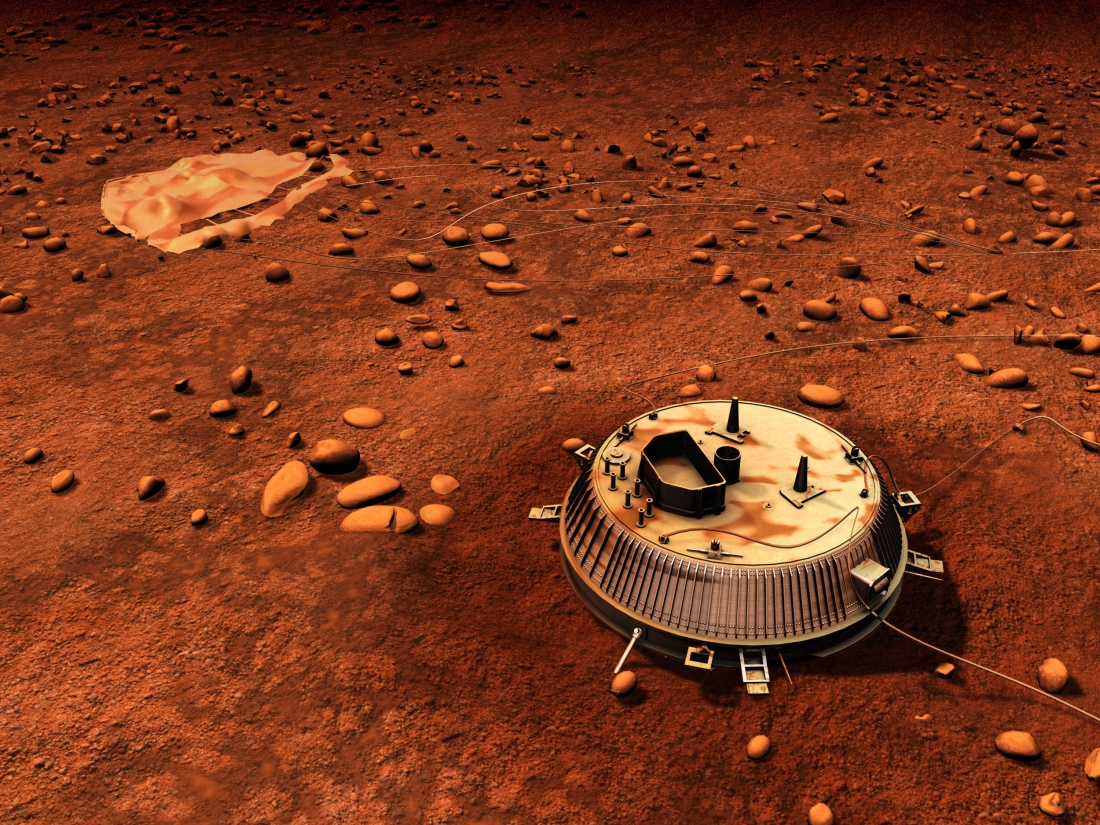
Thales Alenia Space also built 25 of the 64 huge parabolic antennas (Europe’s contribution) for the giant ALMA radiotelescope array deployed on the Atacama plateau in Chile. In addition, Thales Alenia Space played a lead role on the famous Rosetta-Philae comet mission [especially via assembly, integration and testing of the spacecraft], as well as on Cassini-Huygens. This latter mission [which was front-page news last year as Cassini made its “last dive”] allowed us to explore the atmosphere of Titan and then make a trouble-free – if short-lived! – landing on Saturn’s most mysterious moon. The Huygens space probe was built by Thales Alenia Space as prime contractor. Also on the agenda at Thales Alenia Space is the European program Euclid, which will help us better understand dark matter.

In the meantime, Europe is holding its breath in the run-up to the ExoMars 2020* mission. ESA’s rover on this mission should touch down on Mars in 2021. Fitted with a special drill built by Leonardo near Milan, the rover will take soil samples at a depth of 2 meters, in an attempt to discover traces of past life (bacteria), while the Trace Gas Orbiter (TGO), launched in 2016, continues its mission in orbit around Mars, “sniffing” the Martian atmosphere to discover traces of methane gas in particular.
Half of the ISS’s pressurized volume built by Thales Alenia Space
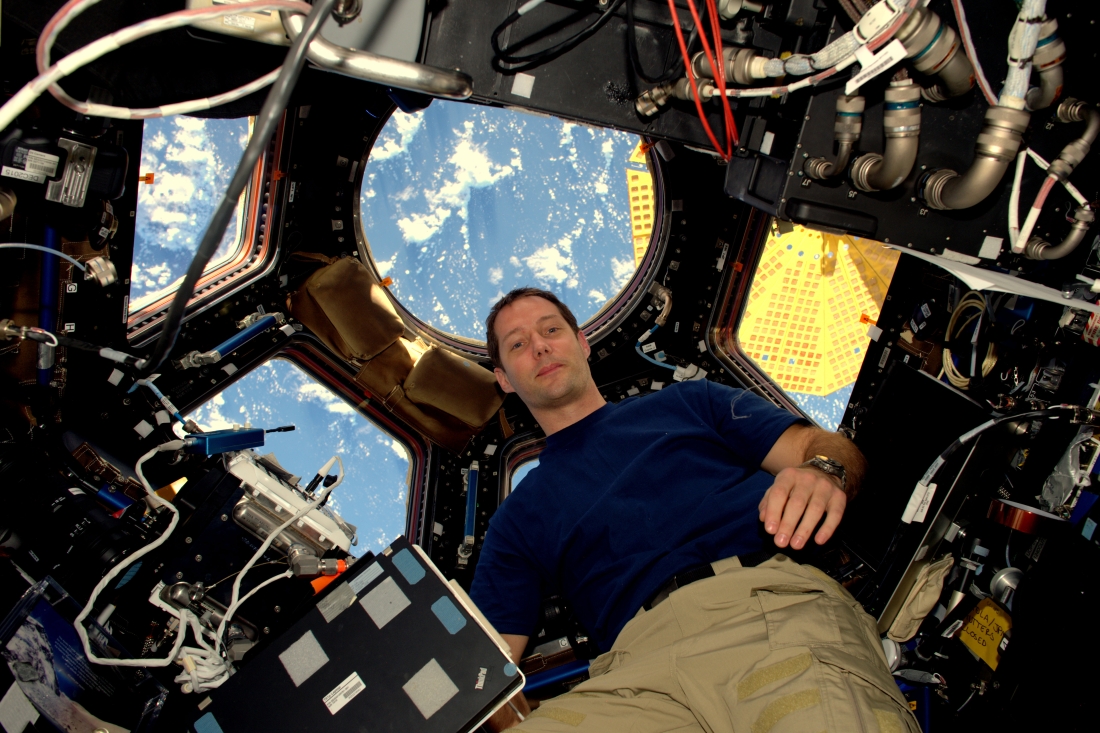
Space exploration has always fascinated planet scientists, of course, along with the entire scientific community and space fans – whose ranks have grown since astronauts on the International Space Station (ISS) have been able to share their daily lives via social media, especially Frenchman Thomas Pesquet. The ISS holds a special place in the hearts of Thales Alenia Space engineers based in Turin, Italy. Thales Alenia Space has in fact supplied fully half of the pressurized volume on the ISS, including Nodes 2 and 3, the Multipurpose Module, Multipurpose Logistics Modules (MPLM), Cupola, Columbus lab structure or the structure for the Bishop commercial airlock from NanoRacks. Thales Alenia Space also built Integrated Cargo Carriers (ICC) for the ATV on behalf of Airbus Defence & Space, and Pressurized Cargo Modules (PCM) for Cygnus on behalf of Northrop Grumman. The next Cygnus resupply vessel will lift off for the ISS in mid-November.
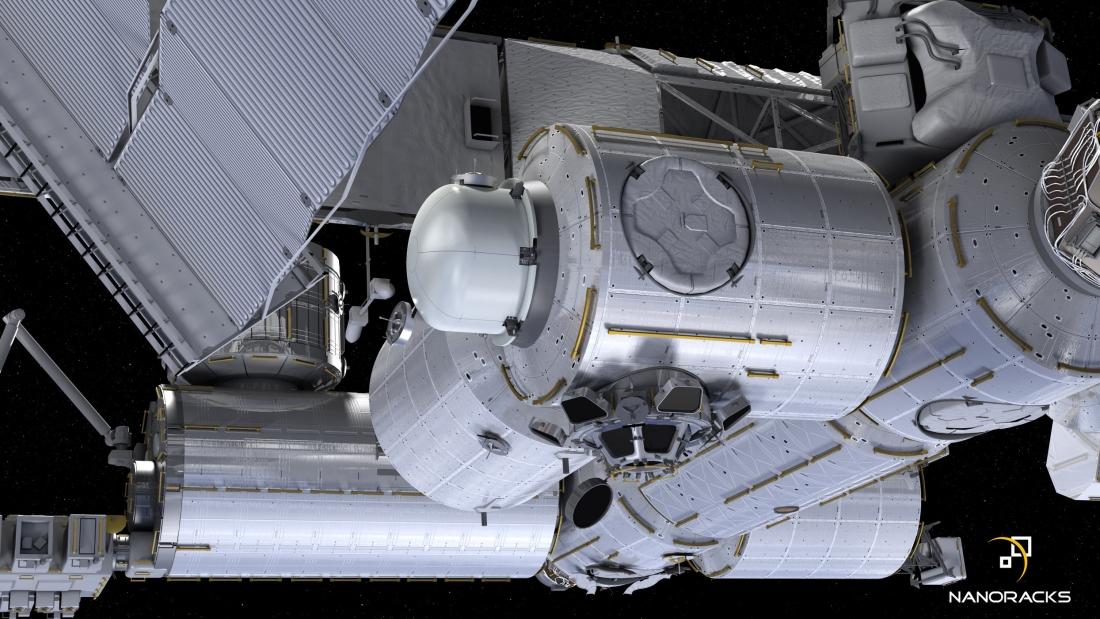
Looking beyond the ISS, Thales Alenia Space is gearing up for lunar missions, in particular with the LOP-G (Lunar Orbital Platform Gateway), and is carrying out design studies for NASA (as part of STEP 2) and ESA.
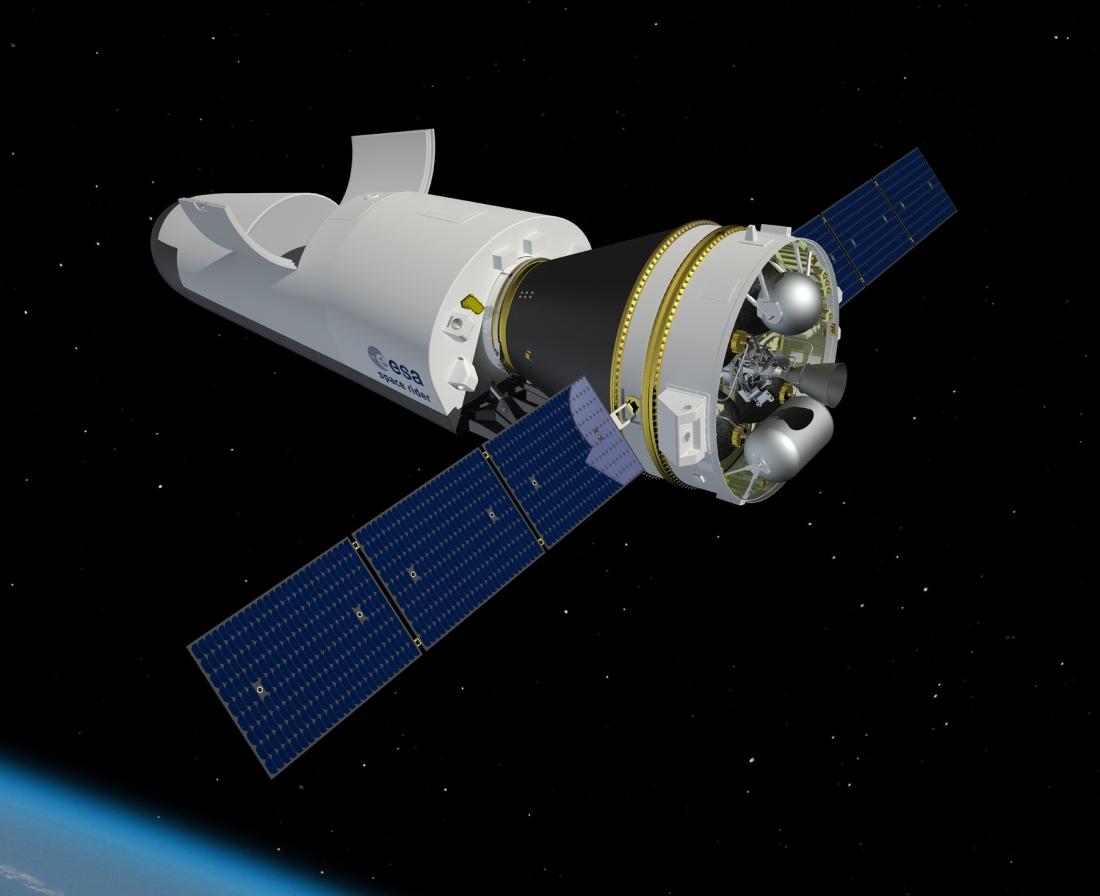
Following the success of the IXV atmospheric reentry demonstrator, Thales Alenia Space is developing Space Rider, Europe’s new-generation, low-orbit, reusable space transport system.
Space Servicers: energizing the space market
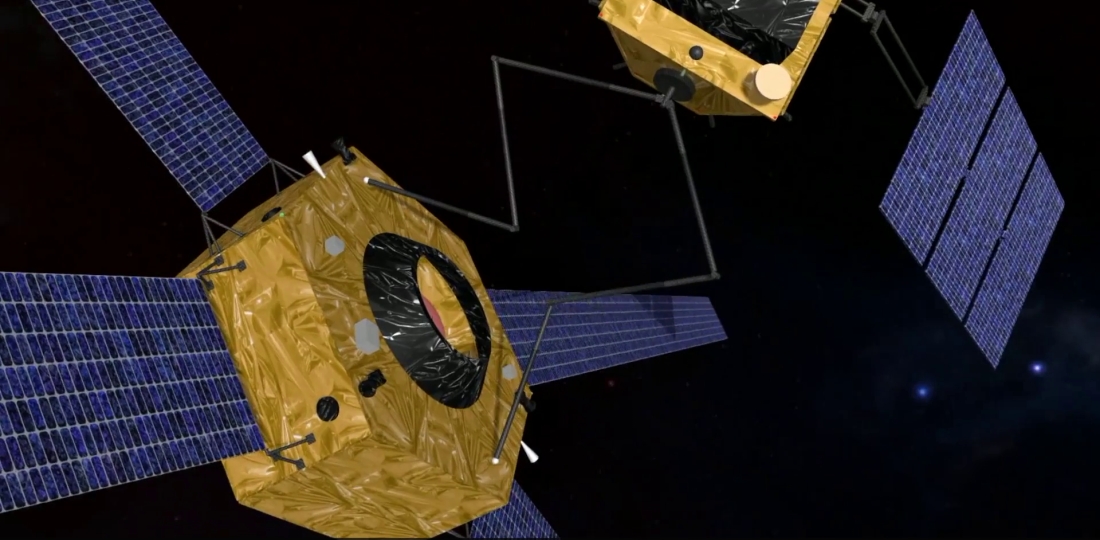
“Once a satellite is launched, you can’t service it in orbit.” This was always a truism among satellite makers, but it may no longer be true in the near future. The reason is a new type of space vehicle, called the “Space Servicer”! As its name indicates, this type of spacecraft is designed for in-orbit servicing. Highly versatile, it can be used for a wide variety of orbital tasks, including deorbiting space debris, robotic manipulation, extending a satellite’s service life, fueling, inspection, etc. With these new space machines, we are changing the space paradigm, from the current static situation to a dynamic environment. Thales Alenia Space is spearheading the development of Space Servicers, which will change our approach to space access. And if we do manage to build lunar bases in the future, Space Servicers will undoubtedly play a key role in the transport and assembly of the different components.
*ExoMars 2020 is a joint international program between the European Space Agency (ESA) and the Russian space agency Roscosmos. Thales Alenia Space is prime contractor for the overall program, while ADS is in charge of the rover and OHB of the CM (Carrier Module).
Copyrights:
First artistic view: © IStocks
BepiColombo: ©ESA/ATG mediaLab
Rover ExoMars: © Thales Alenia Space/Master Image Programmes
Huygens probe on Titan © ESA, C. Carreau
Rover ExoMars - Cartoon © ASTER
Thomas Pesquet - Cupola © ESA/Thomas Pesquet
NanoRacks © NanoRacks
SpaceRider: © ESA
Space Servicers: © Thales Alenia Space

